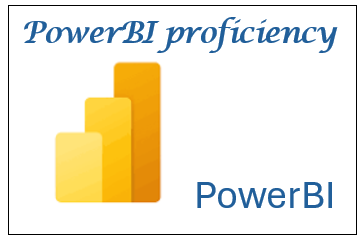Unlock the potential of data with SQL Fundamental: Master querying, managing, and manipulating databases effortlessly.
Empower your database mastery with PL/SQL: Unleash the full potential of Oracle databases through advanced programming and optimization.
Unlock the Potential of Programming for Innovation and Efficiency.
Transform raw data into actionable insights effortlessly.
Empower Your Data Strategy with Power Dataware: Unleash the Potential of Data for Strategic Insights and Decision Making.





Comments
Post a Comment